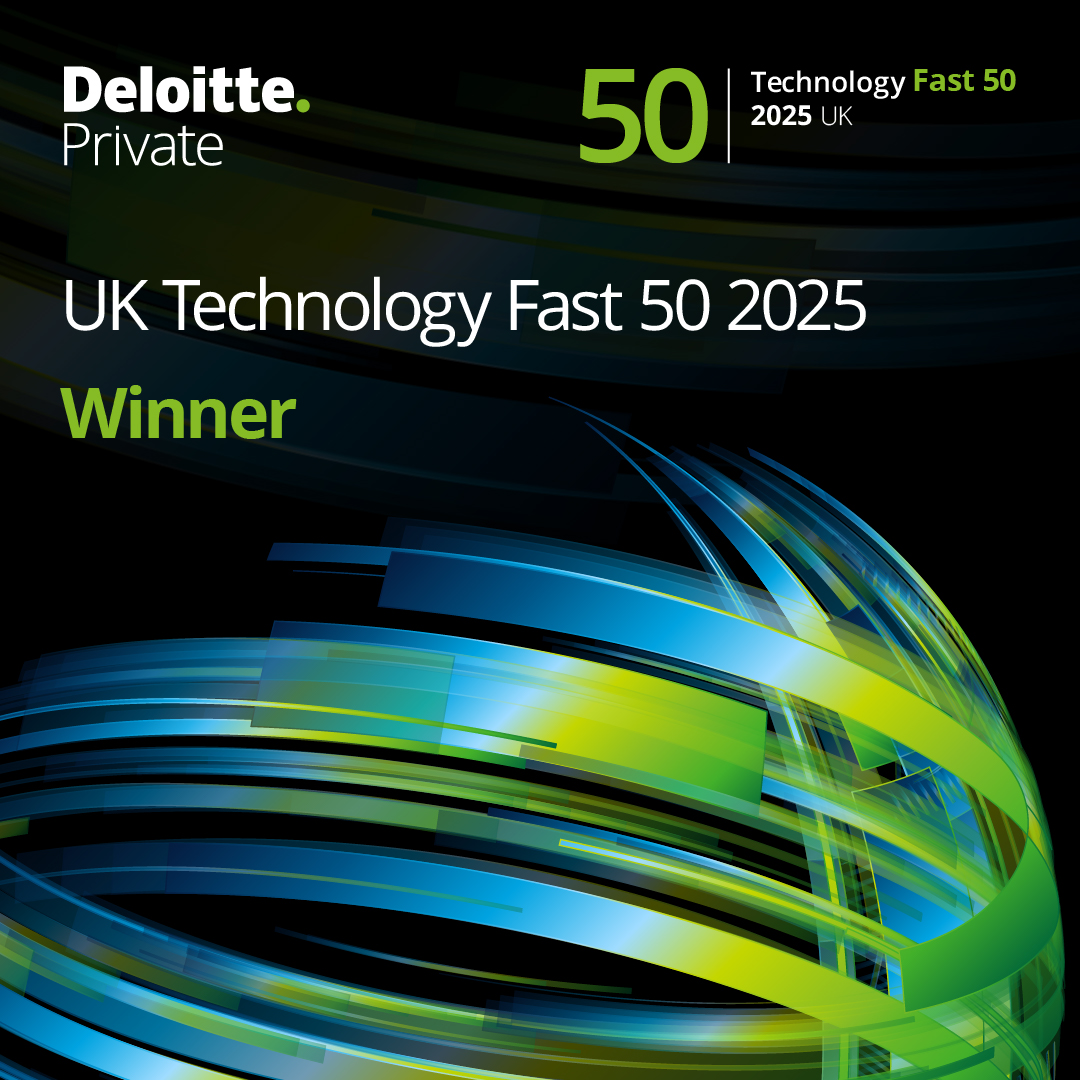
Published on 13th May 2025
Adaptive Learning: The only way to keep up with change
Why true adaptive learning is essential to keep pace with rapid change, and how to spot the real thing.
The Limits of Linear Learning
For decades, digital learning has followed a largely linear model: learners progressing through static modules, in a fixed sequence, at a fixed pace. This traditional approach—once a breakthrough—was built for scale, not for individual needs. It treated every learner the same, regardless of prior knowledge, confidence, or experience. Unsurprisingly, this one-size-fits-all approach has produced diminishing returns: disengagement, long time-to-competence, and missed opportunities for filling critical skill gaps.
The Catalyst Behind Adaptive Learning
Adaptive learning emerged in response to a perfect storm of change—cognitive science breakthroughs, digital transformation in education, and the growing need for continuous upskilling in a rapidly evolving workforce. But like any fast-moving innovation, its definition has become diluted in the market. What began as an effort to apply learning science and leverage technology to better support individual learning progression has, in many cases, become synonymous with course recommendation engines—offering learners a “you might also like…” path based on completion of previous modules. Think Netflix-style learning. Better than linear, yes—but still falling short of true adaptivity.
Then there are systems built on fixed decision trees—essentially branching paths that simulate personalization. But these require heavy manual input, offer little room for nuance, and still rely on static logic rather than responding to live learner data. They give the illusion of flexibility, but not the genuine responsiveness that modern learners need.
What True Adaptivity Really Means and Why It Matters
True adaptive learning, by contrast, goes far beyond superficial customization. It’s dynamic, hyper-personalized, and AI-driven. It uses intelligent algorithms to continuously assess each learner’s knowledge, confidence, and self-awareness—adjusting in real-time not just what content they see, but how and when they see it. It responds moment-to-moment, shaping a learning experience that evolves with the individual.
In this way, true adaptive learning closely mimics a real-life tutor in a scalable, digital environment. Just like a human teacher working one-on-one, it presents information, gauges understanding via continuous assessment, and dynamically tailors the learning journey based on a learner’s strengths, weaknesses, confidence, and speed. This creates a responsive, efficient, and highly engaging experience—one that respects the learner’s time while maximizing their potential.
This level of personalization doesn’t just improve learner experience—it transforms learning outcomes. Engagement increases, time-to-competency drops, and critically, organizations gain deep visibility into critical skill gaps at scale, helping them target investment where it will have the greatest impact.
Obrizum’s Approach to True Adaptivity
That’s why, at Obrizum, we focus on delivering true adaptive learning. Our platform isn’t just reactive—it’s intelligent. It assesses, adapts, and measures in real time, using proprietary AI to deliver genuinely unique experiences based on learner understanding and confidence, powered by constant assessment. Unlike recommendation-based or decision tree models, our AI constantly refines and tailors the flow of content to each individual, meaning if they can prove they are an expert, they may not need to see 100% of the learning content in a course. This accelerates time-to-competency between 2-5x, resulting in critical productivity recapture for organizations.
Redefining the Standard for the Future of Learning
But this isn’t just about Obrizum—it’s about redefining the standard. As more providers enter the adaptive space, organizations need to understand what adaptive learning really is, what it can do, and to know the difference between surface-level innovation and the real thing. That’s why it’s so important to draw clear lines between what’s truly adaptive and what’s not—because only true adaptivity delivers measurable, personalized outcomes at scale. True adaptive learning is no longer a nice-to-have. It’s the only way to meet the demands of today’s fast-moving workforce and stay ahead in a hyper-competitive market. The future of learning is personalized, measurable and non-linear. Those who embrace that shift will lead the way in real, lasting transformation.
If you want to find out more about Obrizum’s true adaptive learning approach, contact us here.






